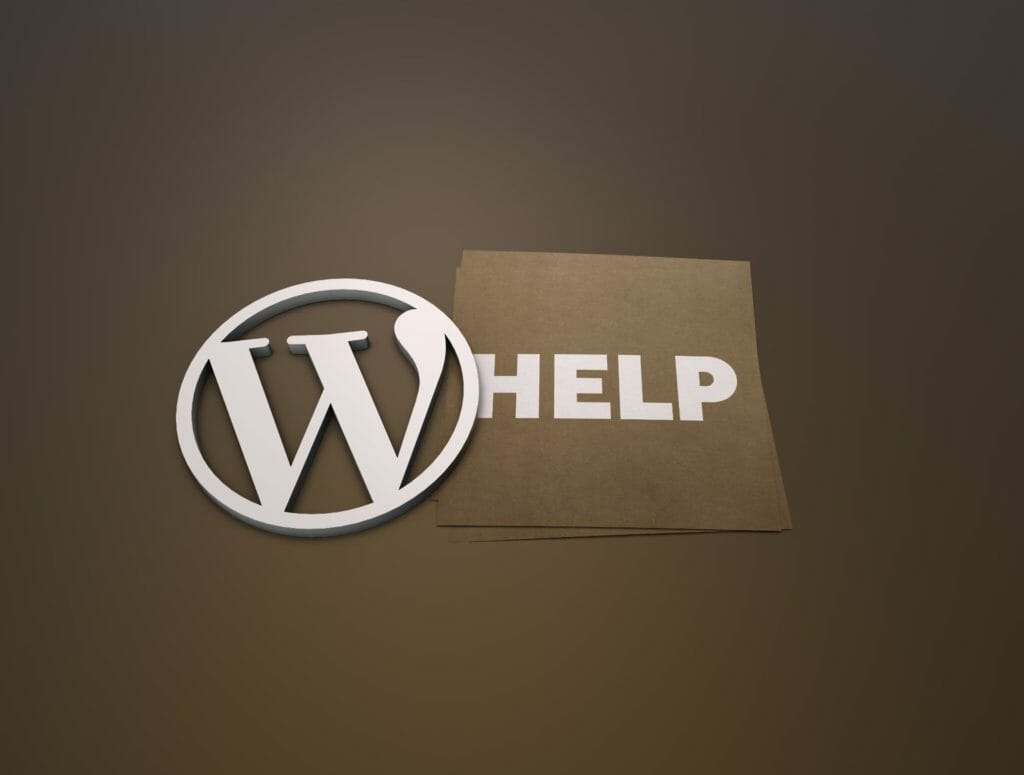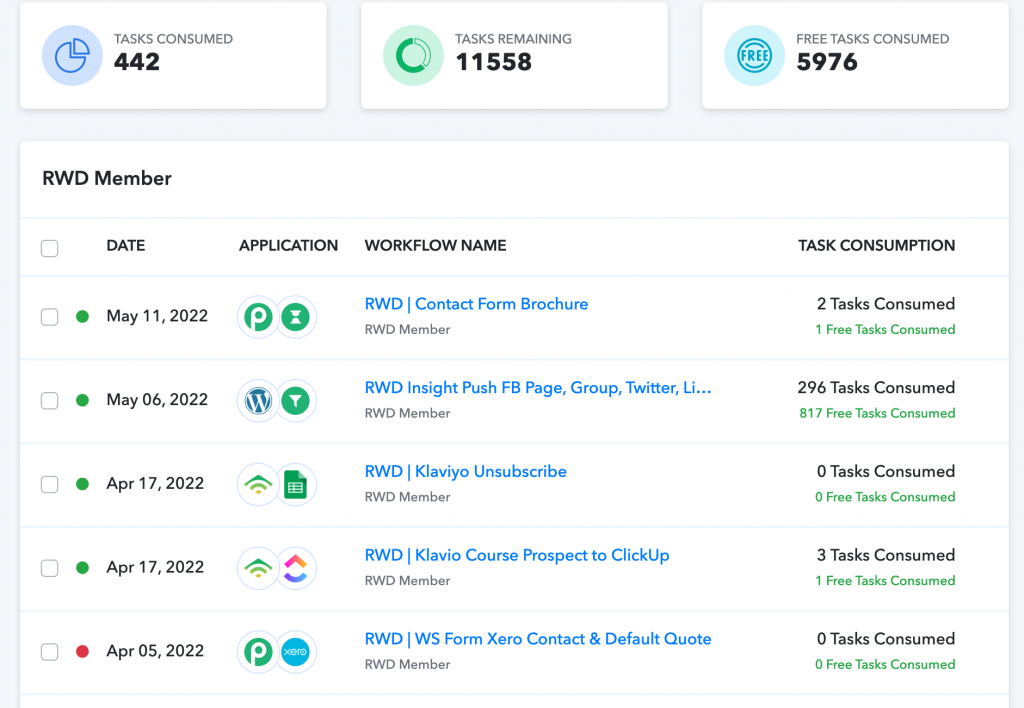Freelancers
Job List
For Business
Find Local Pros
Member Solutions
Finding a web designer or developer who you can trust and who has the skills you need in regional Australia can be difficult. But do you need someone to build you a site or is it more than just that? You might be surprised as to what goes into an effective website as a tool to grow your business.
In my localised SEO pages, I review agencies who practice website design and marketing across the 40 regional centres of Australia to pick out who's doing the best by Australian businesses in these areas.

I rank those agencies based on their website design and look at their portfolio and if the promises they make on their website are being practised consistently. Do they have best practice website design and development using online tools responsivly for mobile use. Employing marketing tactics and goals with Google Adwords, Facebook pixel etc.
We look at website optimization and speed best practices for responsive behaviour on mobile and video usage where it should be facade or lazyloaded.
While web design is a skill that anyone straight out of high school could pick up using a Wix or SquareSpace platform there's a lot more that goes into building a quality website. Web design is an art and as a business owner, you should place extremely high value in these skills. To do web design really well and I mean to do it so that all aspects of consistency, brand, layout and content strategy are all at play requires a gifted individual and more than likely one whose first language is English.
Finding a web designer near me is extremely useful for regional digital marketing your business to get the best website for your small business. A new website, one that is fresh and looks like it was built in the last couple of years is noticeable to your customers. A site that has lots of high-quality images and a portfolio of your work that a search engine can find easily and index.

A web designer will specialise in what is called the UI or user interface experience. They will design a website based on a given set of goals by the business. They will have a proven portfolio of work and reviews by past customers that shows they're excellent at what they do.
Creating a user experience is also key these days with UX as it is known to make websites far more interesting than if you simply have static texts of blocks or images.
The length of time it can take to design a website can vary between a week and six weeks and is mainly dependent upon high-quality business assets that can make the design project result in a professional website design.
Someone who specialises in website SEO will help with a search engine being able to find your website. They will analyse and optimise all pages and help with image optimisation so that your website loads fast. You need to be found online wheather your using a mobile phone or desktop creating a website that has great SEO will drive traffic and get visitors to your site.
Some agencies in regional Australia really struggle with SEO and keywords that are targetted by big city agencies. One example is "SEO Albury", in the article about tier tactics with SEO we see this keyword targetted.
They may even utilise a blog and content silos to get a common theme and thread throughout. Search engines often will find these contextual links in blog articles helpful in determining what the site is all about. Elements like these provide rich search experience for a search engine user where the services or service they are looking for can be narrowed down to the best possible search results.

What I have found more and more over the years is that the best company depending on the industry is identified by reviews and not necessarily by SEO gaming rankings by creating dodgy websites that only make sense to the search engines. For example searching for best web agencies in Australia, google may provide you reviews websites instead of the actual web agencies you're expecting.
Through Google local business, not only are reviews entirely necessary but providing a featured snippet like this provides the visitor with the required phone number or website information before they even get onto your site.
Unfortunately, web designers in regional Australia range in experience from those that know design but are limited to basic publication style design to those that consider responsive elements on the website and how things need to look on mobile as well a normal desktop page.
SEO is also a huge consideration and one not limited to the web designer but should be considered part of a strategist or SEO person's job.
While a website designer may claim to be able to build you a top-notch website, do not rely on a designer's capability to also build a sustainable professional website. While design and web designs require knowledge and creativity to produce something that looks great, you will not get the same level of quality under the hood with a web designer as you would having a web developer build you the same site. These two professions should work hand in hand to produce the highest level of quality that will get website visitors to engage with your website. A developer will also make sure that a mobile version of your website works as it should on all mobile devices and test them thoroughly.

A professional web developer will more than likely specialise in a CMS and they tend to have a leaning towards what they know and not always what is best.
I can always tell if a website template has been used immediately after looking at a site. I can tell from how custom it appears to the visitor's needs. Generally, the best solutions for visitors are those that involve a clear focus, creative media, features and elements that contribute to the overall marketing goals of a business. A design with a page site structure and professional image or brand.
Likewise, a website developer who may claim to be able to design your next website is not creating the same way that a designer is. Websites designed by web developers often lack consistency and branding. It's easy to tell a web developer has tried to create a website and has failed to be creative in the same way a designer would be. They also lack the capability to do logo work generally, and the skipping of the design process straight to code means your website may have features and lack brand and story. It may have great SEO but may not be the right solution that is best for the company they're building it for. A website, after all, is for the most part visual despite any code in the backend the focus that a customer and your customers have is what they see.
Generally, the services that a digital agency will offer in regional Australia are not purely focused on website design or development solutions. Services that a "full-service agency" a company like this will often include all services that are important to a digital marketing project.
Each of these professionals above will have their own job in the company they need to do to deliver the services the customer solution needs. The larger the team the more services they will offer and the better the resulting solutions will be.

Social media professionals are a breed of their own I do not understand social media, and whenever I am asked to fix something in this area it takes me far longer than if I was to ask someone who only deals in this area. It makes sense to specialise in your own space.
You often hear stories of website designers taking forever, if at all, to finish projects because they struggle with all aspects of digital marketing or development. This is what Regional Web Developer is all about. Individual freelancers specialise in specific website design services, and while it's great to be a freelancer, the services offered aren't enough to create what should be delivered to meet the needs of the customer. A template might be considered as a shortcut or features completely skipped because they are too hard with the tools that the designer has on hand. While a developer might be able to provide top-notch features and elements, he/she will struggle with page design.
You will also find that most digital agencies in regional Australia build their websites with what is known as a CMS or Content Management System. WordPress is the best-known CMS and allows for flexibility and scalability that the likes of Squarespace and Wix don't. Get Leads AU is a premium agency in Wagga who do use Dynamic Website Platforms.
Squarespace and Wix however, do have a very good visual editor and are excellent in the space of amateur web designers that may not have a team the same as a full blown digital marketing agency. You can create a website using Squarespace in a very short period of time and require very little knowledge in design or development or code to get you started online.
Other professional CMS platforms in addition to the most well-known WordPress, include Joomla and Drupal both of which I have intimate development experience with.
Where a CMS will shine is in its ability to create content easily. It gives you the tools to create a page quickly and easily. You can run a blog or edit your homepage in just a few clicks, and if it's coupled with a visual page builder like Oxygen or Bricks Builder, then it's a drag-and-drop interface. These tools are easy to set up and cost-effective to purchase for the professional developer but need to be set up in a custom way that allows you, the business owner, to use them and reuse them easily. Plugins extend the functionality of the CMS and can provide simple features or even turn a non-eCommerce site into one that can sell.

A blog is a great place to create content and pages that talk about your business and engage your customers. WordPress has its roots in the blog area and is well known for this but not limited to posts. I remember when I first started web development, I thought WordPress was really only for blogging and to create pages as such made more sense using other website tools.
Choosing an agency that has a strong development or code team as a strong brand team will help with maintainable branded elements and features on the new website.
And then there's eCommerce; developers and designers with experience in this area will design a site and homepage very differently from how you might on a WordPress website. eCommerce systems I've used include Magento, WooCommerce, and Shopify. The main point is that getting an agency with a related industry experience with eCommerce and in your space will benefit the project immensely. A site developed to convert potential visitors and take sales right there and then and not have just to provide a phone number to take an order over the phone ensures your site is working 24/7.
I consider website branding to be one of the most important parts of creating a site if the brand is professional, then I'm far more likely to buy, especially if it's an eCommerce style website. If the logo looks like you're cousin designed it or you bought it off fivr then I'll give it a miss. Free or cheap is not necessarily better and I would invest in a brand above all other aspects of your business.

The price will vary depending on how many people are involved in the team. If they are a well-established agency who do custom work and not just template work then your website is likely to be designed more effectively. Its homepage will convert customers and pages will have structure to the overall site.
A project at the higher end with all digital marketing services may take six-twelve months to implement and be upward of 50k. The best solutions are those that don't start with a fixed scope, but the solution to the business problem becomes better known as the process develops.
Ten years ago, a typical web designer might scope in the time to create a homepage design but may rely on the overall website styling to drive the look and feel of all other pages on the site. These days templates for all the different areas of a site make up an overall project making it more expensive to deliver due to more time required to design a website.
Of course, small business often struggles in regional Australia because the cost can be quite expensive to get full-service teams like the ones I've described and if the job is not done right it can be a complete waste of time and money.
From my experience over the last 20 years, I have found that most eCommerce site designs are more expensive. Using video has and high-quality imagery is now a must and features that were once rare and extremely expensive to offer are now commonplace and considered best practices. Effective marketing is what it is all about now. Websites are only tools using various digital media and features to influence customers buying decision. A professional website can change your business and has unimaginable potential for online growth.
If an agency takes onboard a customer with an existing website, they can check and use analytics to measure visitors' site engagements. This is kind of like a discovery phase and having this phase can enable you to estimate better the efforts and cost that needs to go into an effective project. Clearly, it identifies how certain digital marketing strategies are currently in use across different pages and how creating new ones can affect the overall marketing result.
Are visitors more likely to visit on a mobile phone because SEO is optimised for this area more effectively? What strategy can be used to make sure that SEO is more effective on mobile responsive user experience compared to that of desktop. Create strategies that meet the target audience and the business need on the site.
Automation is becoming more prominent and critical to regional freelancers and agencies. The industry suggests that you create a blog item at least two per week with customer work who has the time to put out quality content unless you have some downtime. For me, I take my daughter to the gym on Friday mornings which is next door to a lovely Cafe I sit in for about an hour and smash out a few words. Did you notice I didn't say quality words? 🙂
I've been working my way through automation with so many of the processes involved in making a site live and potential onboarding customers. Even automating the maintenance of email lists has become easier using third-party tools like Zappier and Pabbly from the RWD website.
Today we look at pushing this blog to LinkedIn, Facebook and Twitter from my humble WordPress website by choosing tags and which platform I want to push the article to. We're going to use Pabbly as our webhook handler. I recommend having a look at Pabbly over Zappier. It's a cheaper alternative and has an Life Time Deal (LTD). Oh, I love an LTD.
Let's start with how the data gets from WordPress to the managing or routing system Pabbly. I've set up a webhook that will accept data as part of my workflow.
To send the webhook, I've used a plugin called WP Webhooks. This will allow me to select the action that triggers the push of data and where to push it to.
I've also configured WP hooks to fire when I click update on this post and push the data to Pabbly. I didn't expect it to fire earlier as part of a draft save. It's therefore essential to have a field that releases the post to social, which I created with a METABOX field.
Pabbly makes it easy to figure out from a simple JSON packet and see what was on offer. It allows me to place those fields exactly where I want them and manipulate the text along the way.
Often putting together a post like this one in the RWD blog could take multiple sessions to get all the content together and do all the research. For me I needed to have a way to push this to numerous networks all at once and save me time. I know I could probably use other social specialist platforms like Buffer, but it wouldn't give me the control or flexibility.
Consider your actions and plan your workflows on your Pabbly, and put as much error handling in there as possible to problem areas out until your posts are good to go.

Creating the one workflow in Pabbly can respond to multiple scenarios; however, you may also note that, as expected, it adds complexity and more room for failed actions. Plan, plan and plan your workflows.
Once you've released the post "the horse has bolted" your words have gone to your social platforms requiring you manually to go to the platforms and edit these. Oh, the pain of multiple edits again. So make sure you have a final trigger.
There are two critical points that I wrestled with for almost eight hours, trying to figure out the best workflow not because I didn't plan them out but because of unexpected bugs.
It seems simple enough; what if you do update the post and it's marked to push to social. How do you manage duplicates and not publish twice? The key to this was a Google Sheet and creating a log as part of my workflow to check before pushing to the social networks.
The second most important point was a bug caused by the Gutenburg editor that duplicated my webhooks upon clicking update. WP Webhooks has a setting that says don't do this, but unfortunately, this didn't work, not the way I thought it would.
I swapped out WP Webhooks (free) for another plugin called Notifications also allows you to push JSON webhooks. But, again, I experienced the same problem. I then thought it's got to be Pabbly, and because i have several routes in my workflow for the different social platforms, I thought it was the cause of the duplication.

Simplifying the workflow to next to nothing resulted in the same issues. Almost at my wit's end, I was suspicious of METABOX and ACF requiring additional update actions on the post as these are plugins and could require an after-action update.
Again after a bit of debugging and adding the REST API plugin from METABOX, which did make things work better this also failed.
Eventually, I found the problem. "Gutenburg" editor in WordPress was causing the double push for some unknown reason. I still don't understand or want to understand like most of you; I just wanted it to work. So classic editor, here I come.
After many hours I'm finally at the end of this post just praying that when I click the update it pushes it to all of my networks ONCE.

One frustration we have in regional Australia is the bargain basement 2.5K website and I'm not sure if it's limited to regional areas but there are a few challenges here that I think freelancers and agencies need to look at more closely when pricing to this level.
Let's break things down a little further because I"m sure many of you still think $2500 is possible, has to be possible when our overseas competitors charge $500 for a website.
Total $4000
There are some shortcuts I've taken here such as photography which we always include with our websites as mandatory which would easily take the website to 5k.
Most of you won't include discovery which in itself is a disservice. You don't take your car to a mechanic and say there's something wrong and expect them to spend time for free figuring out what "there's something wrong with my car" actually means. We accept that this is part of the process.
Next time you have a customer ask how much a website is going to cost don't think of it as your pricing a website. Ask them how much they're prepared to "spend" on the process and if they say someone can do it for $2k-2.5k and if you can't persuade them a website at that cost is not going to be of any value then maybe it's a website you shouldn't be doing at all and go work at Woolworths or Coles for more money.
No wonder so many regional marketers are burning out.
Network and specialize and get paid what you love doing!
Join the regional web developer today and take the next step to your freedom.
We're all about supporting local regional communities. We'll do our best to find someone who has what you need who is local and who can help with your project.